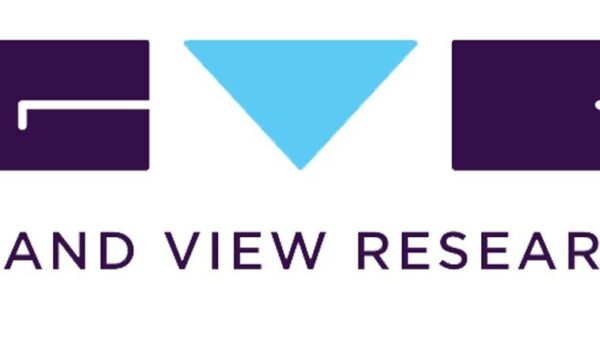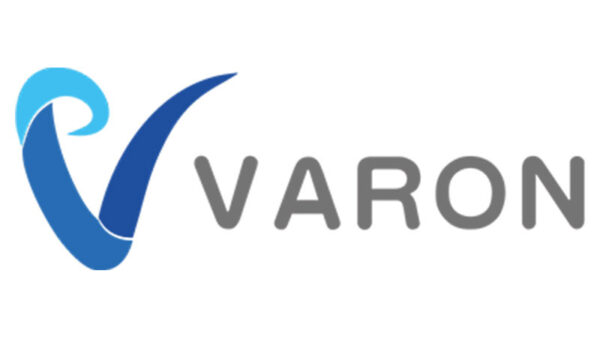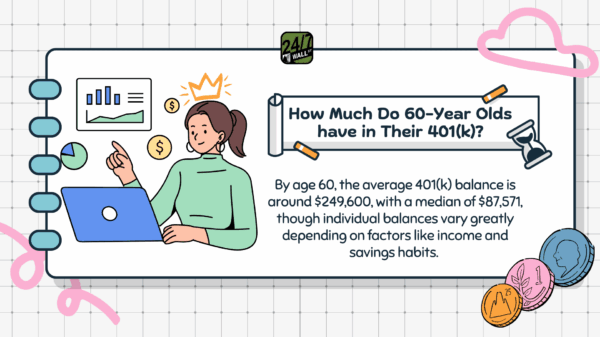Headaches are a common ailment that can vary significantly in severity and duration. Some individuals experience them as brief inconveniences, while for others, headaches can be debilitating, impacting daily activities for extended periods. Research indicates that effective treatment relies heavily on identifying the specific type of headache and understanding its triggers.
According to Michael Oshinsky, a pain expert at the National Institutes of Health, chronic headaches are defined as having more than 15 headache days per month. The most prevalent form is the tension-type headache, often associated with stress, insufficient sleep, dehydration, or poor posture. This type of headache typically presents as mild to moderate pain on both sides of the head.
Migraines represent another significant cause of intense pain. Unlike tension headaches, migraines are classified as a complex neurological condition. Dr. K.C. Brennan, a researcher at the University of Utah, describes migraines as a disorder in which “the ‘volume knob’ of the nervous system has been turned up.”
Understanding Headache Triggers and Treatments
Various headache types exist beyond tension headaches and migraines. Identifying specific triggers can play a crucial role in managing these conditions. Small lifestyle modifications can help prevent many headaches. Experts suggest maintaining a headache diary for at least one month. This diary should note when headaches occur, how they are treated, and their duration.
For occasional headaches, over-the-counter pain relievers can be effective. However, frequent use may lead to rebound headaches. “If you use painkillers more than three or four times a week, once the drug is out of your system, you can get a rebound headache,” cautioned Oshinsky.
For individuals suffering from chronic migraines or frequent headaches, healthcare providers may prescribe preventive treatments. These include CGRP-targeting drugs, which have shown efficacy in reducing migraine occurrences for many patients. Nonetheless, these therapies do not guarantee success for everyone.
Researchers are also investigating new treatment avenues, including therapies targeting glutamate, a brain chemical linked to nerve communication and migraine development. “We need to figure out how this unusual glutamate activity works, in what brain cell type, and under what conditions, in order to develop a more tailored approach to migraine treatment,” Brennan stated.
Non-Pharmacological Approaches and Pediatric Considerations
Not all effective treatments involve pharmaceuticals. Hadas Nahman-Averbuch from Washington University in St. Louis highlights the benefits of cognitive-behavioral therapy, which teaches coping strategies and can alter brain activity in a manner similar to medication. Additional non-drug methods, such as mindfulness and biofeedback, are also gaining recognition for their effectiveness in managing headache disorders.
Headaches also affect children and teenagers, and in many cases, simple strategies such as staying hydrated, eating balanced meals, and improving sleep patterns can alleviate symptoms. Interestingly, migraines in younger individuals may present differently than in adults. According to Oshinsky, “A very young child with a migraine headache will often point to their stomach first and say, ‘my stomach hurts.'”
Hormonal fluctuations during puberty may trigger migraines, particularly in girls. Nahman-Averbuch’s research team is currently examining how hormones influence migraine pain, with hopes of developing predictive tests to identify teenagers at risk for developing migraines. “If we can predict who will develop migraine, then maybe we can do something to prevent that from happening,” she remarked.
For those seeking further information on headaches and migraines, the Mayo Clinic offers comprehensive resources to aid in understanding and managing these common conditions.


































































